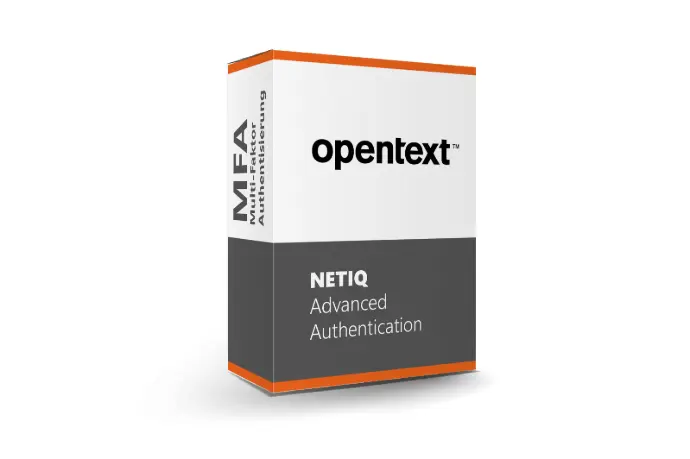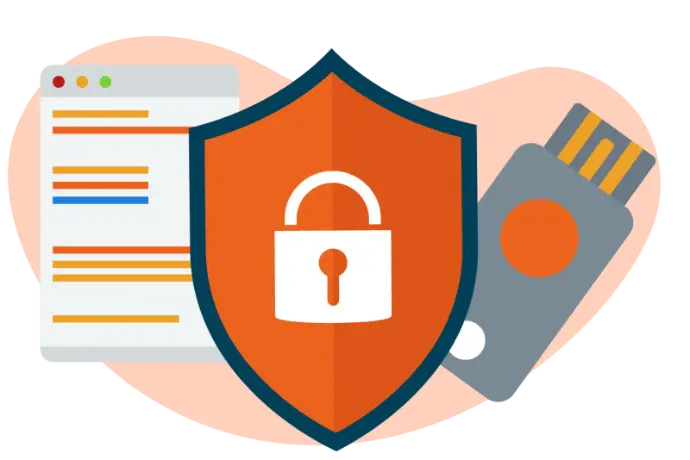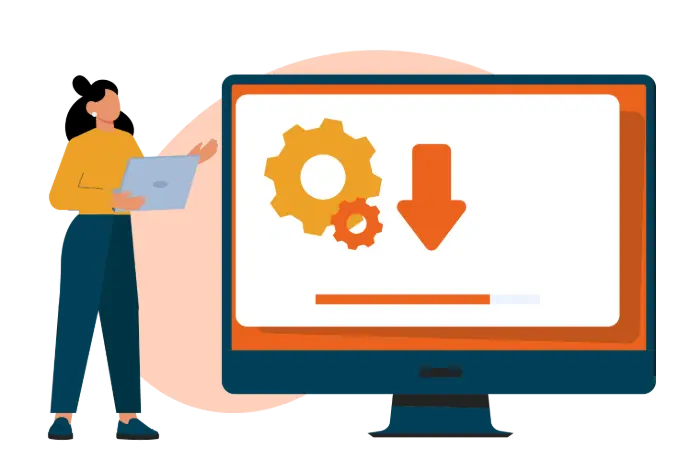Ergänzen Sie Ihre Hardware mit der passenden Software und sinnvollem Service.
Die richtige Auswahl erfolgt immer unter Berücksichtigung Ihrer eingesetzten Hardware und Ihren IT-Sicherheitsanforderungen. Dabei beraten wir Sie gerne.
Software

Custom Enrollment Portal (CEP)

Access Manager

Authlite

DigitalPersona Premium

Okta Identity Cloud

OneLogin
Services

Seed Programming

Workshops

Software Upgrade

Technischer Support

Proof of Concept (PoC)

